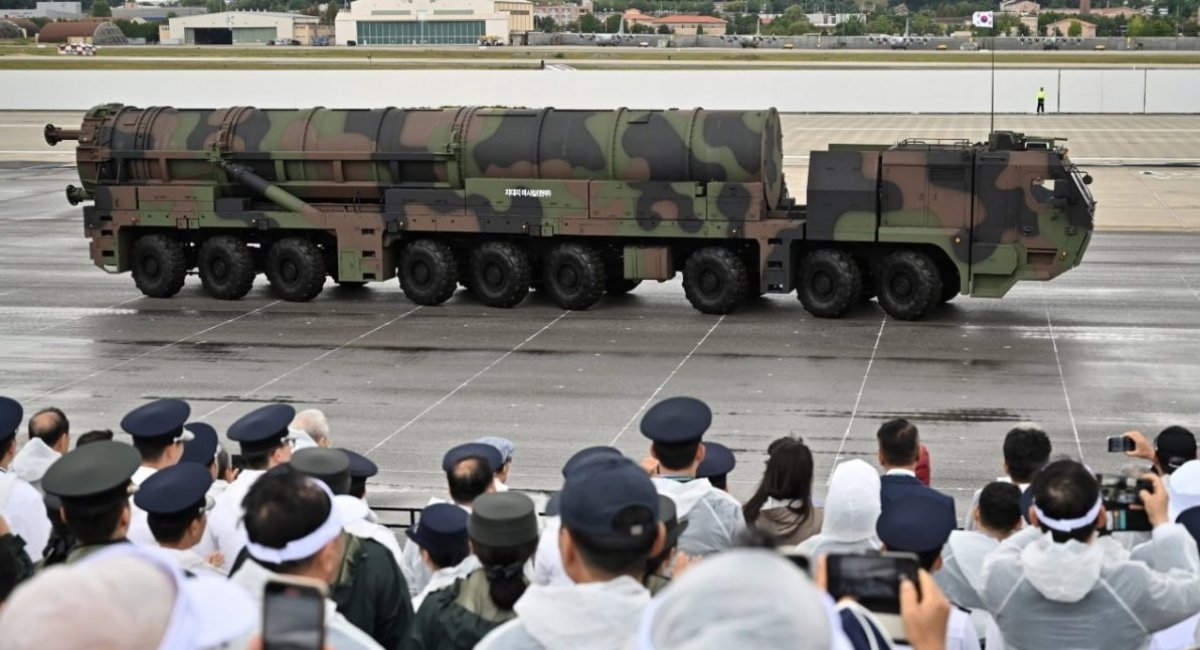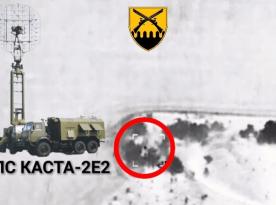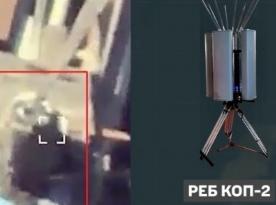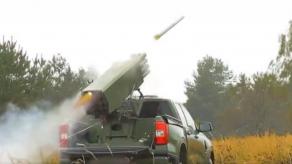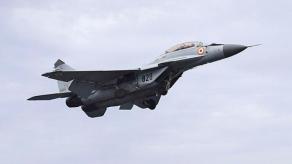South Korea has officially confirmed that its Hyunmoo-5 short-range ballistic missile has entered serial production, with the first operational systems expected to be deployed by the end of 2025. The announcement marks a major step in Seoul's ongoing effort to strengthen its conventional deterrence against North Korea's growing nuclear capabilities.
According to Yonhap News, South Korea is already taking measures to significantly ramp up production capacity, suggesting that the Hyunmoo-5 missile will soon become a cornerstone of the country's strategic missile forces. The urgency is understandable, under international non-proliferation treaties, South Korea is prohibited from developing its own nuclear weapons, while its northern neighbor continues to expand its nuclear arsenal unchecked. As a result, the Hyunmoo-5 missile serves as a non-nuclear counterbalance, capable of delivering devastating conventional strikes on key enemy targets with exceptional precision.
Read more: Germany Orders 20 Eurofighters, Delivery Set for the Next Decade
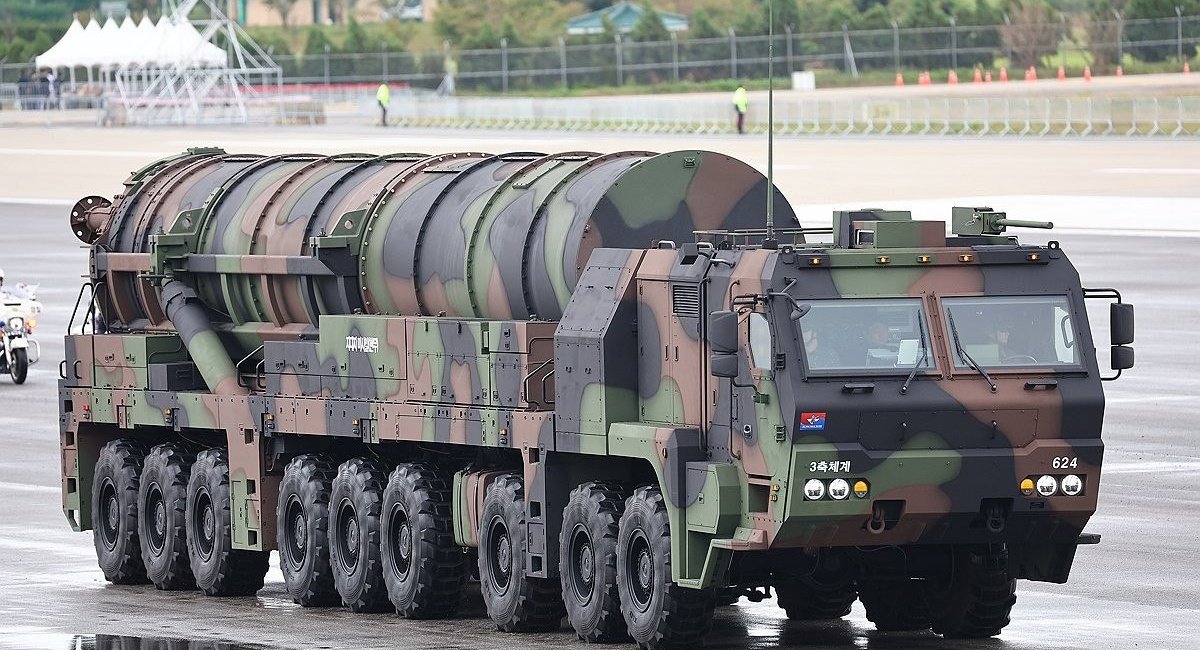
The Hyunmoo-5 unit represents a substantial leap forward in South Korean missile technology. Reports indicate a range of up to 3,500 kilometers and a warhead weighing as much as eight tons, making it one of the most powerful non-nuclear ballistic missiles in the world. This combination of range and payload gives Seoul the theoretical ability to strike not only anywhere within North Korea but also parts of China and even eastern russia, a strategic capability that dramatically shifts the regional balance of power.
At the same time, alternate configurations of the missile reportedly exist. A lighter one-ton warhead variant could extend the range to over 5,500 kilometers, crossing into what many analysts would consider intermediate-range or even intercontinental missile territory. Such flexibility suggests that the Hyunmoo-5 missile is not merely a tactical weapon but a modular strategic system, adaptable to different missions, from deep-strike conventional operations to deterrence signaling.
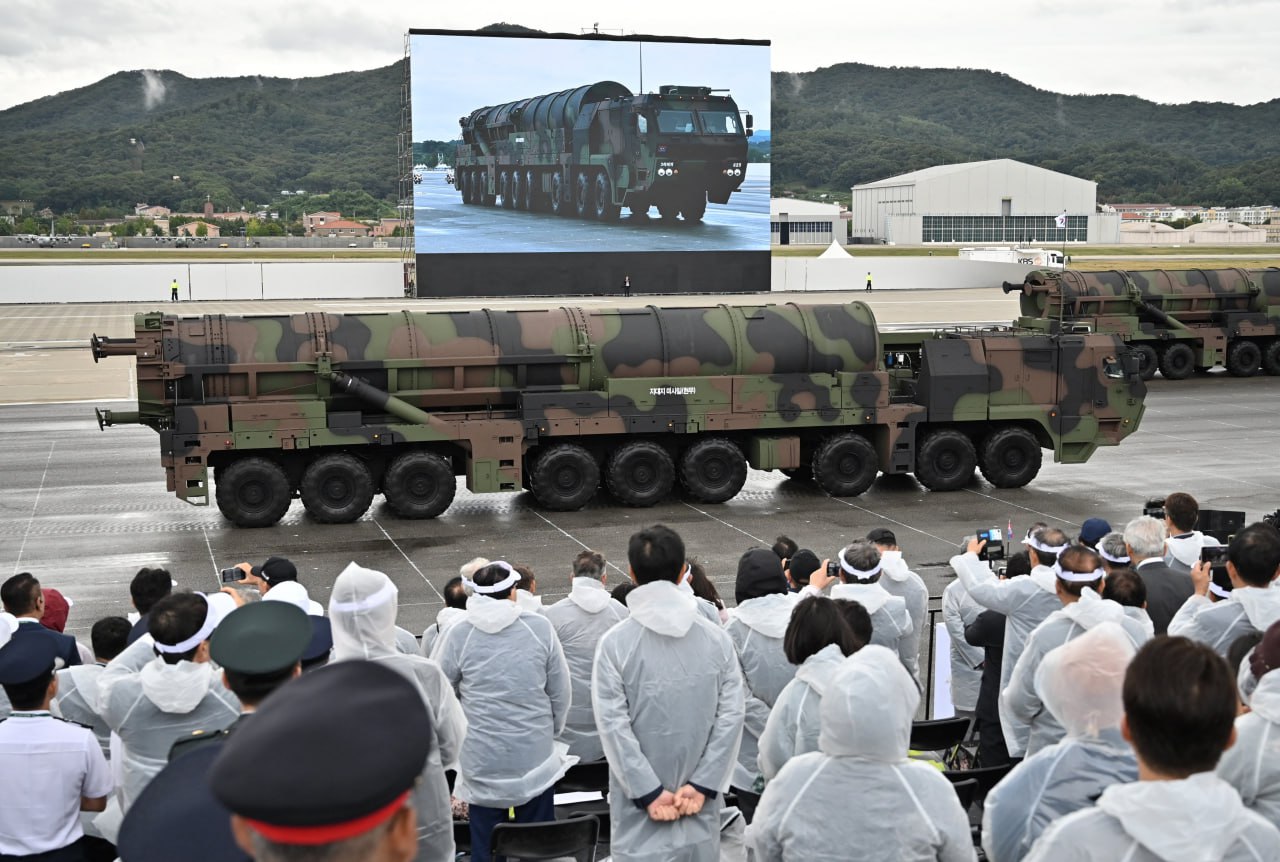
The Hyunmoo-5 missile was publicly unveiled during the 76th anniversary of South Korea's armed forces in October 2024, though its development began years earlier under a veil of secrecy. Engineers faced immense technical challenges in building a high-mass warhead delivery system that could remain stable, accurate, and reliable at long range, particularly under the limitations of non-nuclear payloads.
The missile's emergence also carries geopolitical implications. Last year, when North Korea deepened its defense cooperation with russia, russian media circulated propaganda alleging that Ukraine and South Korea were exploring missile cooperation, including potential transfers of the Hyunmoo-class systems. These claims were unfounded but reflected Moscow's attempt to portray U.S. allies as coordinating escalation across both Europe and the Indo-Pacific.
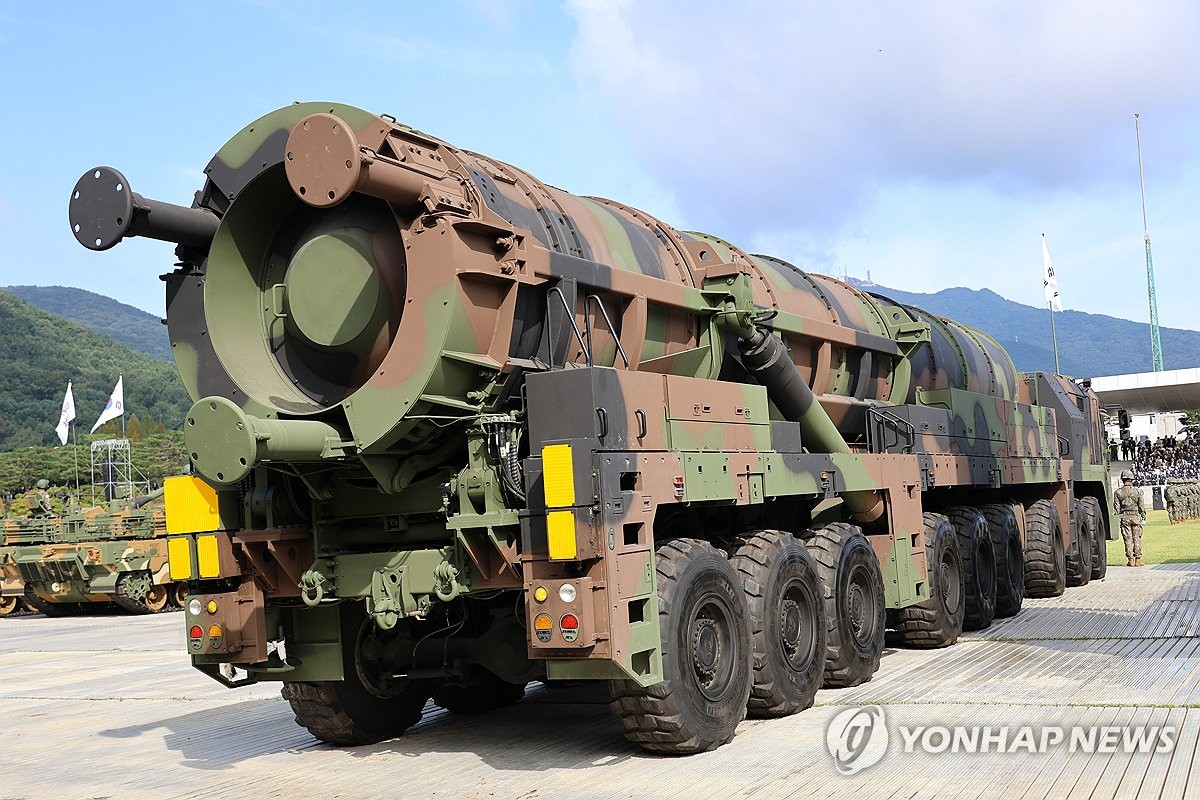
Ultimately, the serial production of the Hyunmoo-5 missile underscores a broader shift in Seoul's defense doctrine, from purely defensive deterrence toward proactive strike capability. In the absence of nuclear weapons, South Korea is building a robust arsenal of precision, long-range conventional weapons to ensure credible retaliation against any threat. The Hyunmoo-5 missile, therefore, is not just a missile, it is a message that technological innovation, not nuclear proliferation, can serve as a foundation for deterrence in the modern era.
Read more: russia Builds 12 New Hardstands at the Engels-2 Air Base Ahead of Fresh Strikes




